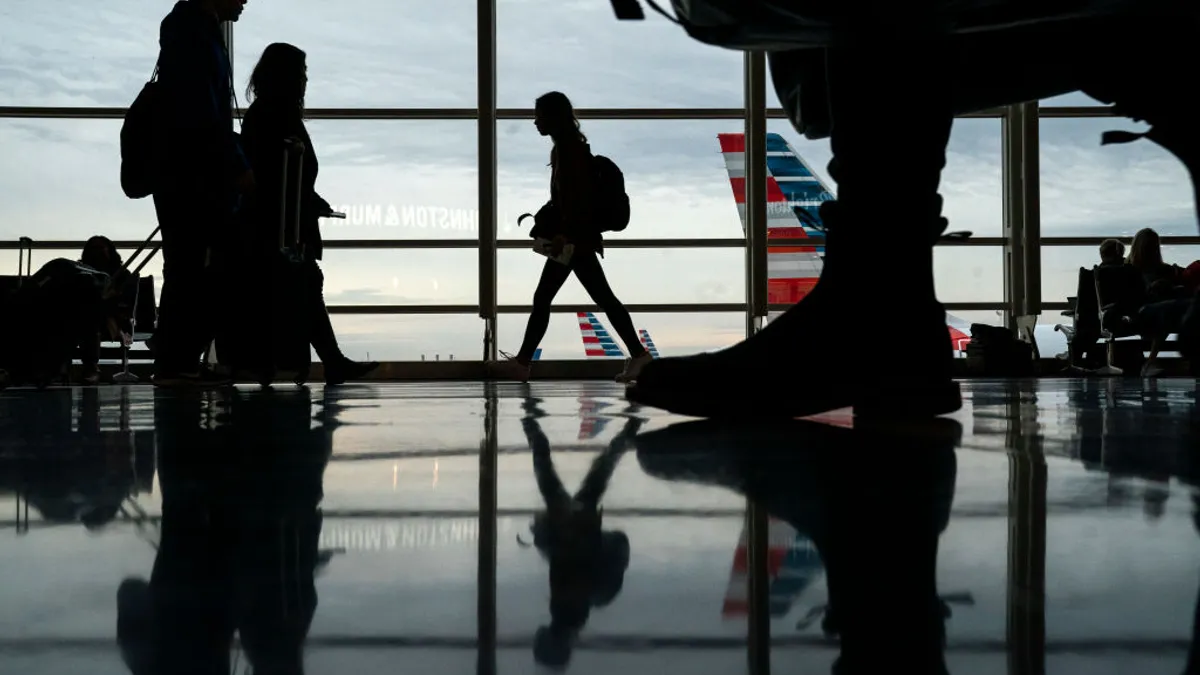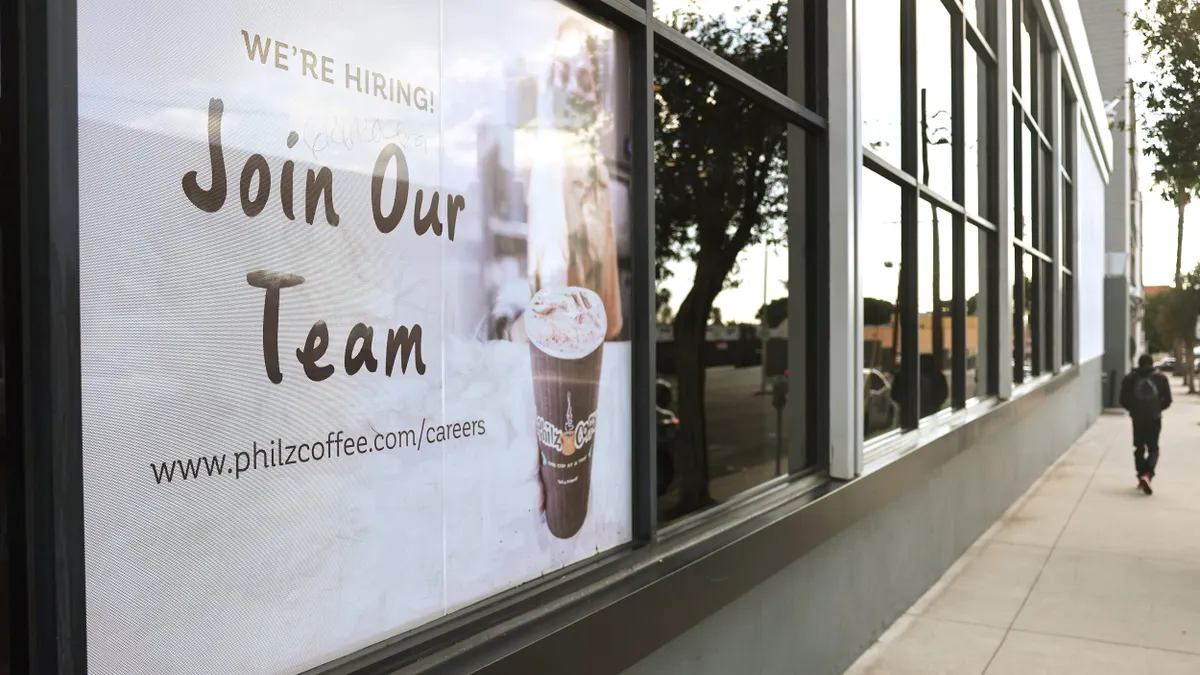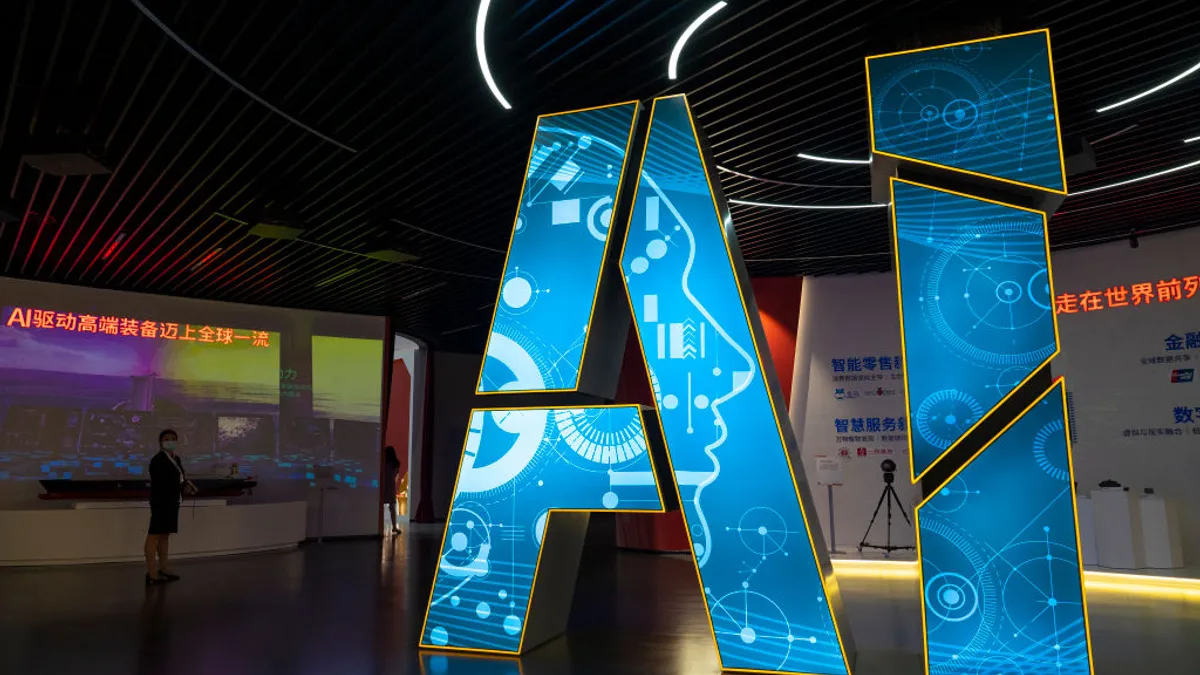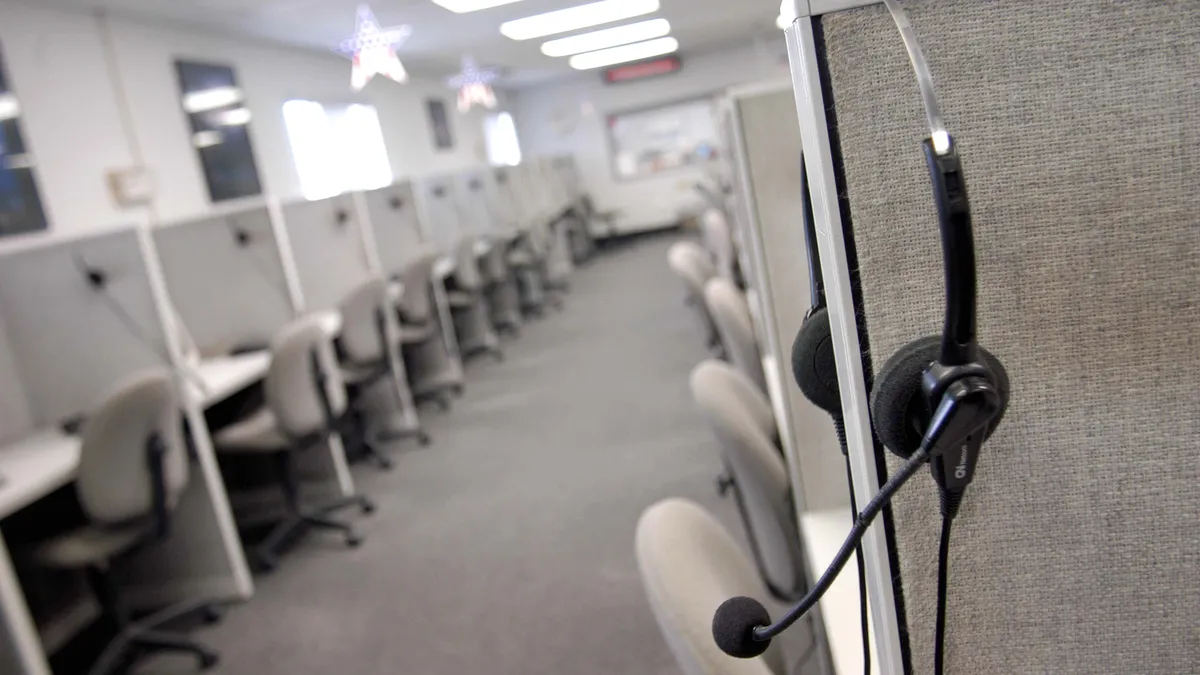Going into 2020, Boston-based Interactions LLC had a clear plan. The technology company would move its headquarters, doubling its total office space at a cost of more than $5 million. All seemed to be going smoothly, and the company was in the process of completing the requisite paperwork.
Then came the coronavirus — and with it, a story that anyone who has sat in an HR department over the past two-odd years likely knows all too well.
“Like many other companies, we faced the COVID reality of being remote,” said Mary Clermont, Interactions’ chief people officer. “The first question we asked was, how is this working, and how are people doing?”
Interactions’ situation differed from other firms in that approximately 30% of its workforce was already remote prior to the pandemic, Clermont said, so many of its teams were set up for the format. Technology was not a problem, either, as the company’s employees primarily work on laptops with built-in cameras.
All in all, the transition proved so seamless that Interactions was ready to change course. Within two weeks, the company scrapped its plan to acquire a new headquarters. It closed three offices entirely. And it converted the five remaining offices into “collaboration centers,” smaller hubs that allow employees to gather on-site for collaborative events. Even after investing more than $3 million in pay increases, perks and benefits for employees since that time, Interactions said moving to a virtual-only format has saved the company close to $2 million.
What’s the office worth?
Interactions’ story is perhaps enough to cause HR professionals to ask whether their organizations might see similar benefits from leaning into a remote-first strategy.
Headlines in the post-COVID-19 era have long pondered whether the industrialized world might soon move away from physical workplaces where feasible, but estimates of the number of companies that have done so vary widely.
One frequently cited 2021 survey of 1,250 U.S. business owners by web services firm Digital.com found that 69% had closed some or all of their office space since March 2020, with 37% stating that they had permanently closed their offices.
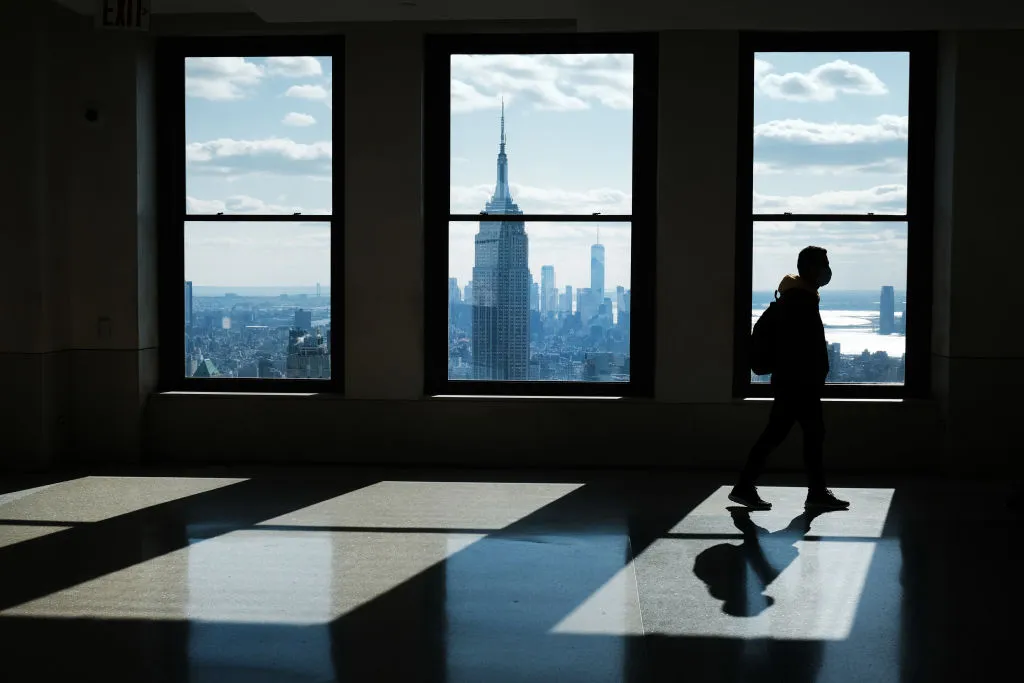
Another survey conducted jointly in October 2021 by researchers from the Federal Reserve Bank of Atlanta, the University of Chicago and Stanford University found the total reduction of office space among firms amounted to between 1% to 2% on average. In a Harvard Business Review piece discussing their findings, the researchers said this may indicate that employers are seeking to reduce office density rather than office space.
Employers may view the office as a format that can be evolved to fit a flexibility-friendly world, according to an August survey by commercial real estate firm JLL that found 73% of companies planned to make their offices more open and collaborative. Yet, even organizations that mandate some degree of in-person work attendance have seen rows of empty desks.
Letting the lease expire
Creative Alignments, a small recruiting firm based in Boulder, Colorado, similarly was no stranger to remote work before the pandemic. Of the company’s total head count — 36 employees at the time of this writing — a portion had already been remote prior to the pandemic, and flexible schedules were the norm, said Shenna Fitzgerald, marketing director for Creative Alignments.
“During the pandemic, obviously we pivoted to working remotely and staying safe,” she said. “And we really found that it worked well, and there were a lot of benefits to it as well.”
Work-life balance is one of the strongest reasons for the change, Fitzgerald continued, with an all-remote setup enabling employees to better manage their schedules, focus on work and take care of their personal lives without needing to commute. “I think people really do cherish that flexibility,” she said.
The company also has benefited from a recruitment standpoint, as remote work has allowed it to expand its reach beyond the Boulder area. That, in turn, has allowed Creative Alignments to attract a more diverse talent pool, Fitzgerald said. She noted that, given the company’s experience with recruiting candidates for other firms, its staff were aware of the importance that candidates place on flexibility in the current market.
For the duration of 2020, the company kept its office space open to those who wished to attend while instructing employees to communicate with each other so as to ensure sufficient space for social distancing. Few took advantage of the opportunity.
“Our lease was up in January and we decided not to renew,” Fitzgerald said, “because [remote work] was working well, and that’s what people wanted.”
But Creative Alignments still recognizes that in-person gatherings have a place; the company meets every other week at a local country club for an all-hands meeting, followed by lunch and additional team meetings. And in the future, Fitzgerald said the company has not entirely ruled out opening a physical space that employees can use if they so choose.
Building a positive remote-only culture
When it comes to adopting flexibility, culture is a persistent sticking point for HR teams. Working from home may upset in-office norms and cause some employees to feel a decline in camaraderie with co-workers. Clermont said that the best way to translate culture in a way that makes sense for a remote-first business is to create alignment on how leaders talk about it.
To that end, Interactions created an in-house playbook for virtual work. Clermont shared with HR Dive a copy of the 17-page PDF, which provides a swath of guidelines on everything from relieving pressure in a virtual environment to communication to meeting team expectations.
“That became our cornerstone,” Clermont said of the playbook. “It’s still what we use today for new hires to help them understand how to get involved and the culture of the organization itself.”
Interactions also uses a social recognition platform, Shine, through which employees can take note of the work their peers have done. The platform allows employees to send, like and comment on recognition “cards” and is similar to an internal Facebook page, Clermont said.
For Creative Alignments, trust forms a key component of maintaining culture in a changing work environment. “We as a company really value a people-first culture,” Fitzgerald said. “Our values are a part of that foundation, and things like having trust in your employees and knowing that they will make decisions that are best for their job is part of that.”
Rather than micromanaging how employees spend their time, Fitzgerald said leaders should focus on a more collaborative approach that focuses on how to make work more fulfilling and allow employees to cultivate a sense of belonging with organizations. Creative Alignments focuses on elements such as individual recognition, support through adversity, feeling heard and being able to show up to work as one’s true self. “Things like that are far more impactful to the overall culture than where someone is working,” Fitzgerald said.









